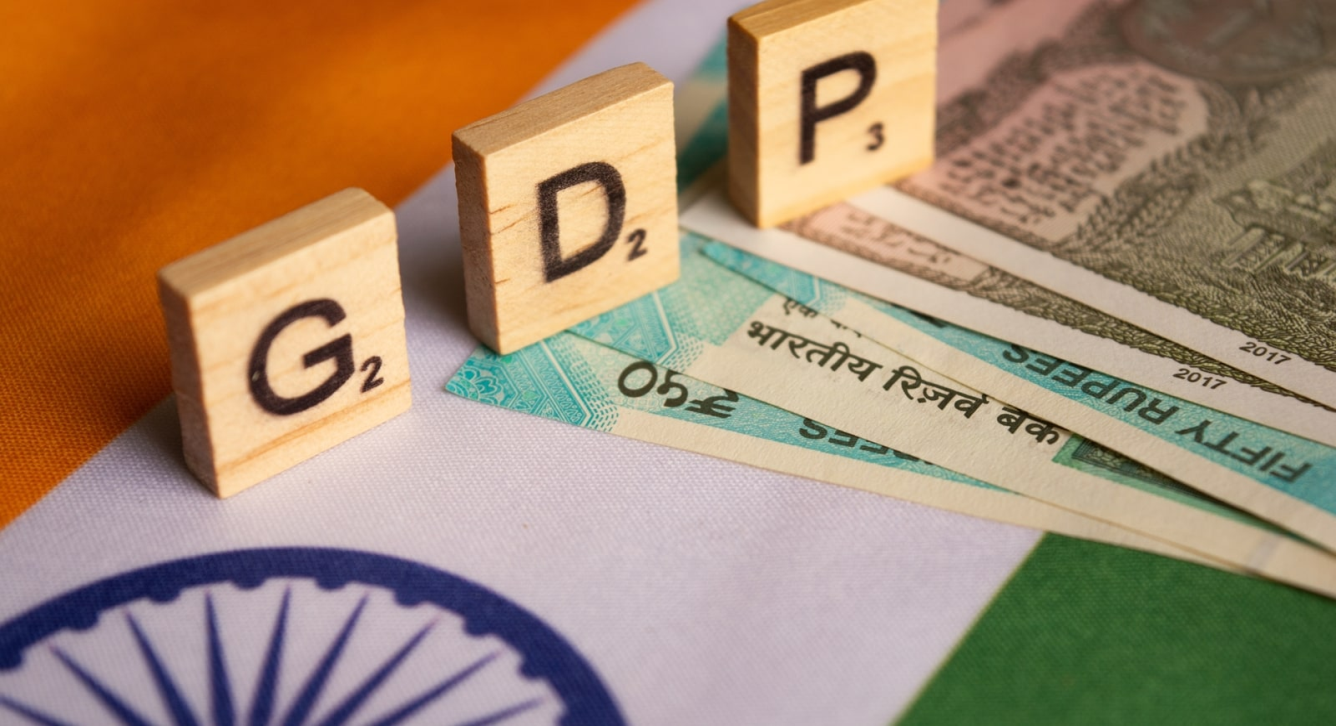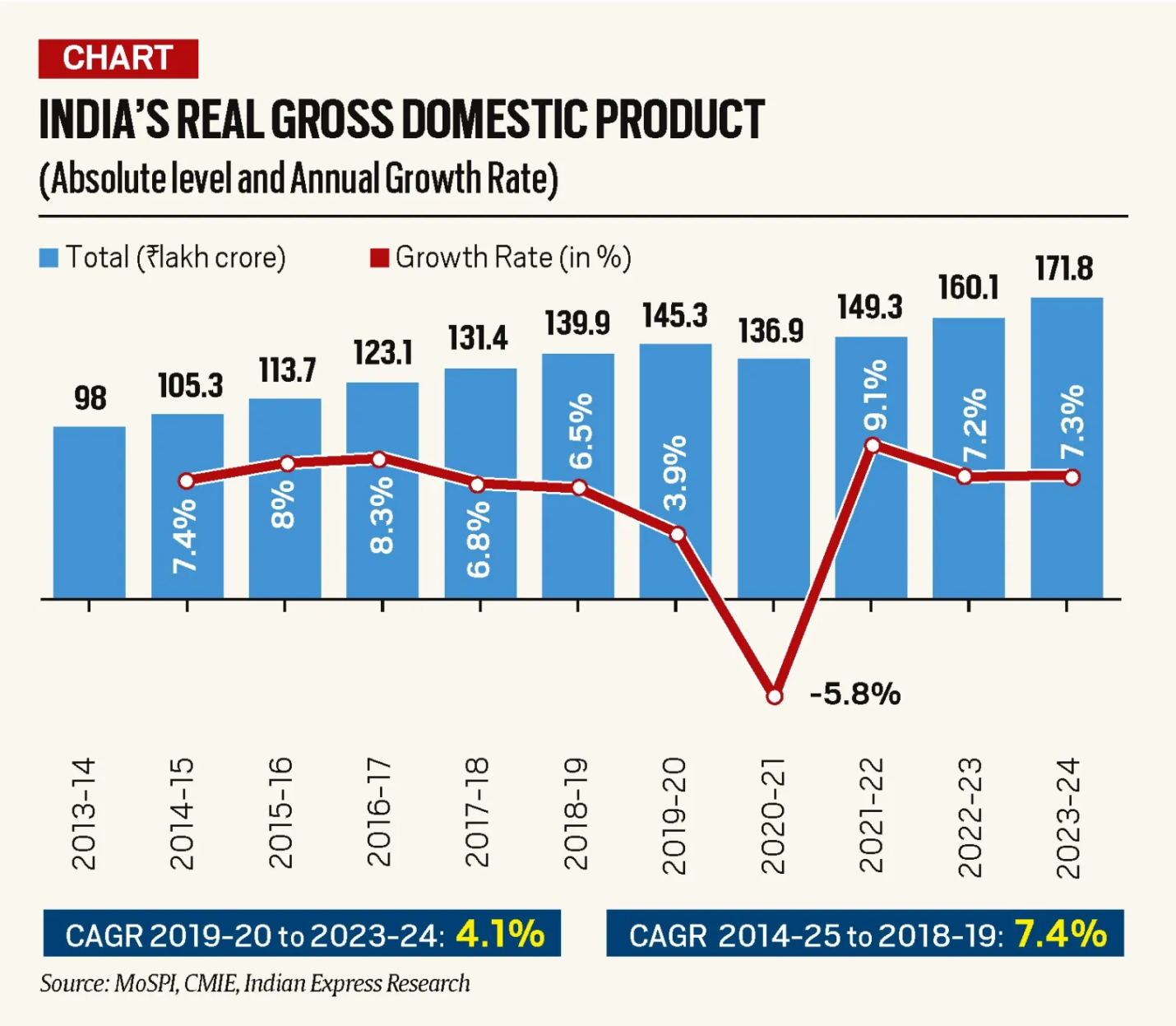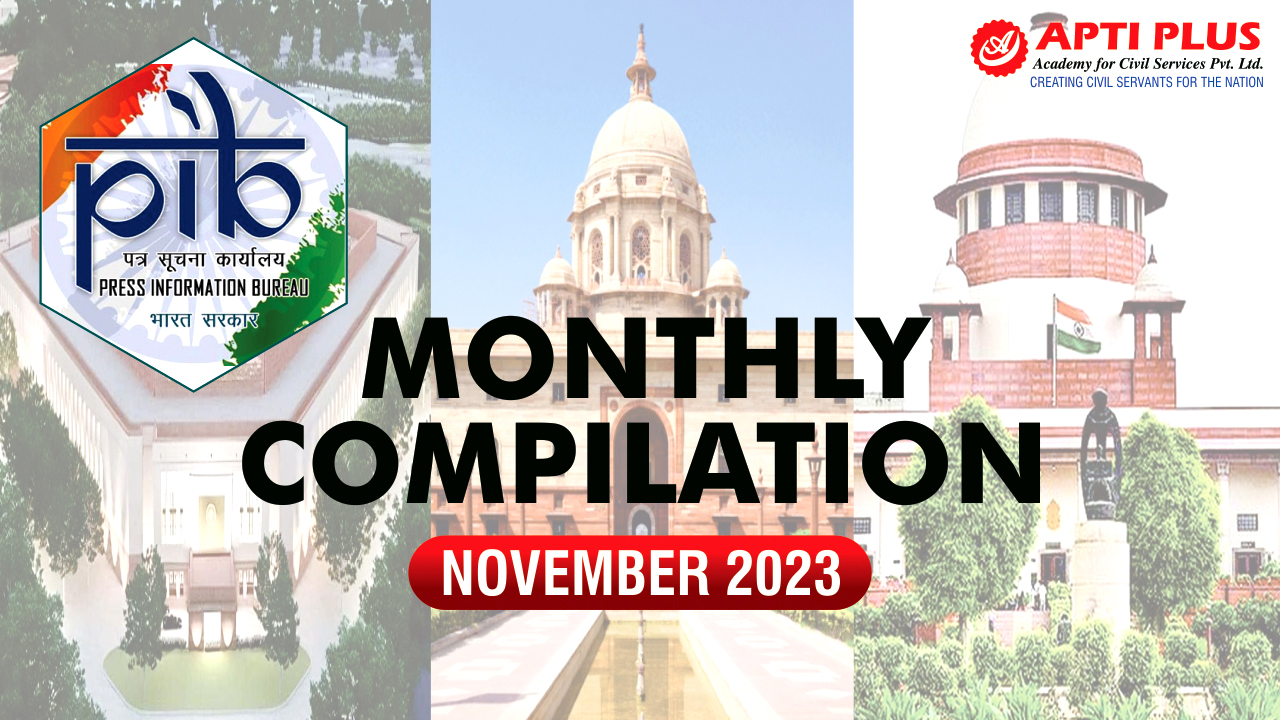Description

Copyright infringement not intended
Picture Courtesy: www.moneycontrol.com
Context: The First Advance Estimates (FAEs) of Gross Domestic Product (GDP) released at the beginning of January each year serve as an essential snapshot of the country's economic growth for the ongoing financial year.
Details
- The First Advance Estimates (FAEs) of Gross Domestic Product (GDP) serve as an initial projection or estimation of the GDP for a specific financial year. These estimates are released by the government and are significant for several reasons, despite not being the final figures.
Timing and Methodology
- FAEs are typically released at the beginning of January each year.
- They are derived using a benchmark-indicator method. This method involves extrapolating estimates from the previous year's data based on relevant indicators that reflect the performance of various sectors of the economy.
- These indicators could include trends in industrial production, agricultural output, trade data, government spending, and more.
- The available data is extrapolated to forecast the annual GDP growth rate, considering the prevailing trends and the performance of different sectors during the initial months.
Significance
- Foundation for Budget Planning: FAEs are the final GDP figures available before the Union Budget for the upcoming financial year is finalized (usually presented in early February). These estimates serve as the foundation or baseline for the government's budgetary projections and planning. They influence expenditure allocations, revenue estimates, and fiscal policies.
- Policy Implications: The GDP growth rate projections from FAEs influence various policy decisions and economic strategies. Policymakers use this information to gauge the overall economic health, anticipate potential challenges, and tailor policies to stimulate growth or address emerging issues.
- Economic Assessment: FAEs provide an early indication of the likely economic performance for the entire financial year. They offer insights into the growth trajectory, helping analysts and policymakers understand the pace of economic recovery, sectoral trends, and potential challenges.
Insights from FAEs
- GDP Growth Rate Projection: FAEs for a particular year provide an estimated GDP growth rate for that financial year. These growth rate projections offer an initial assessment of the economic momentum and performance.
- Sectoral Contributions to GDP: FAEs may also provide insights into how different components of GDP, such as private consumption, investment spending, government spending, and net exports, contribute to overall economic growth. Trends in these sectors help us understand the drivers and inhibitors of economic growth.
- Trends Comparison: Comparisons with previous years or terms offer insights into the trajectory of economic growth and any noticeable shifts or trends in the economy. This comparative analysis helps in understanding the pace and direction of economic development.

First Available Estimate data indicate the state of India's real GDP
GDP Trends
- By the end of March 2024, India's GDP is expected to reach almost Rs 172 lakh crore. This represents a significant increase from Rs 98 lakh crore when the Prime Minister first took office and nearly Rs 140 lakh crore at the beginning of his second term.
Growth Rate Surprise
- The estimated growth rate for 2023-24 is 7.3%, which is higher than the expectations of most observers, including the Reserve Bank of India. The anticipated growth surpasses initial estimates by almost a percentage point, indicating a stronger economic recovery than previously anticipated.
Deceleration in Growth
- Despite the positive outlook for the current year, there is a clear deceleration of economic growth in the second term of the current government compared to the first. The compounded annual growth rate (CAGR) was 7.4% during 2014-15 to 2018-19, while in the second term (2019-20 to 2023-24), it slowed down to 4.1%.
Impact of First Two Years of Current Term
- The primary reason for the slowdown in the second term is attributed to the poor growth rates in the first two years. The economy grew by less than 4% in 2019-20 (before the COVID-19 pandemic), followed by a contraction of 5.6% in 2020-21 (immediately after Covid struck).
Optimistic Outlook
- Despite the overall deceleration, the 7.3% growth rate projected for the current year is seen as optimistic. Importantly, it is noted that this momentum is not solely attributed to the low base effect that influenced GDP growth rates in the preceding fiscal years (FY22 and FY23).

India's GDP growth is influenced by four key components:
Private Final Consumption Expenditure (PFCE)
- This accounts for about 60% of India's GDP. In the current year, it is expected to grow by 4.4%, similar to the compounded annual growth rate (CAGR) of 4.5% in the second term of the government. However, this growth is substantially lower than the 7.1% growth seen in the first term.
- Growing inequality, with faster consumption in some sectors (urban rich) compared to others (especially rural India), has contributed to this muted growth. The slow performance of this major growth engine is concerning.
Gross Fixed Capital Formation (GFCF - Investment Spending)
- This represents an investment in boosting the economy's productive capacity. It accounts for around 30% of GDP. Investment spending has grown by 9.3% in the current financial year, pushing the CAGR in the second term closer to the first (5.6% vs. 7.3%). However, concerns linger: a significant portion of investment spending still comes from the government, and muted private consumption affects the optimism regarding future consumption demand.
Government Final Consumption Expenditure (GFCE - Government Spending)
- This accounts for around 10% of GDP. In the current year, government spending has grown by 3.9%, slower than private demand growth. Despite Covid disruptions, government spending has shown minimal growth in the second term, with a CAGR of 2.8%, significantly lower than the 7.9% CAGR in the first term.

Net Exports
- This accounts for the net spending resulting from imports and exports. Negative growth rates here indicate more imports than exports. In the current year, the drag effect of net exports has increased by 144%, showing a negative impact. However, over the two terms, there's been a deceleration in growth rates from 19.6% to 13.3%, signalling a mild improvement.
|
Overall, while investment spending shows positive growth and net exports display a mild improvement, concerns arise from the muted growth in private consumption, slow growth in government spending, and a persistent imbalance in consumption patterns between different sectors of the economy. These factors collectively impact India's GDP growth.
|

Conclusion
- While FAEs are not the final GDP figures and are subject to revisions based on more comprehensive data throughout the year, they hold significant importance in guiding budgetary decisions, policy-making, and providing early insights into the expected economic performance for the ongoing financial year.
Must Read Articles:
GDP: https://www.iasgyan.in/daily-current-affairs/gdp-44#:~:text=In%20simple%20terms%2C%20GDP%20is,base%20year%20for%20the%20computation.
|
PRACTICE QUESTION
Q. What factors have contributed to the recent low GDP growth rate in India, and what strategies could be implemented to stimulate and sustain higher economic growth in the country?
|
















